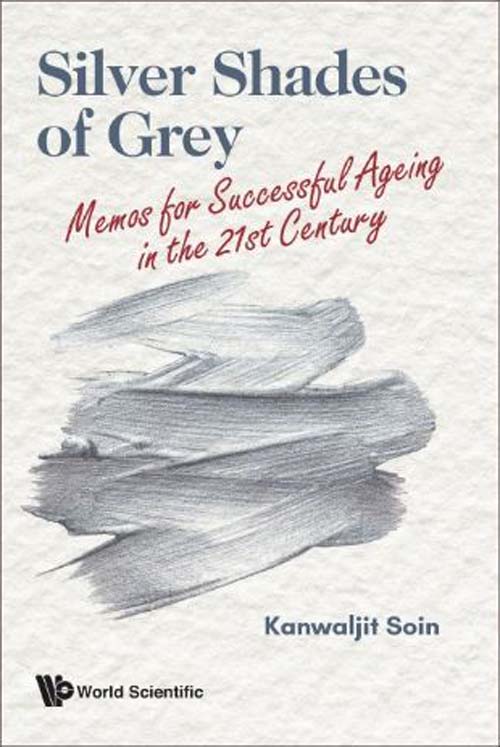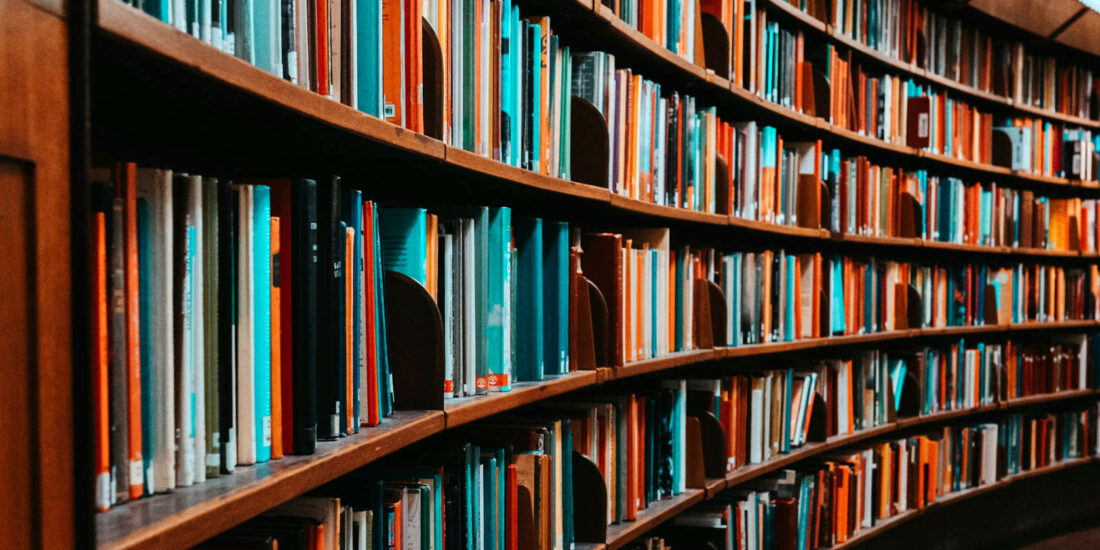
Silver Shades of Grey: Memos for Active Ageing in the 21st Century
Silver Shades of Grey: Memos for Active Ageing in the 21st Century
By Kanwaljit Soin
Silver Shades of Grey: Memos for Active Ageing in the 21st Century by Dr Kanwaljit Soin is of great interest to me for many reasons, not least of all, the following.
First, as an active, successful and award-winning septuagenarian herself, Dr Soin is in the best position to write about this subject. As a highly experienced and credentialed consultant orthopaedic and hand surgeon, she is also our first female Nominated Member of Parliament and a leader in the civil society sector. A founder of WINGS (Women’s Initiative for Ageing Successfully) and AWARE (Association of Women for Action and Research), she was also a global ambassador of UK-based HelpAge International which serves disadvantaged older people worldwide.
For her outstanding contribution towards fostering a better society, Dr Soin has won many international awards including the “Women Who Make a Difference Award” by the International Women’s Forum, Washington DC, and the Lifetime Achievement Award by the United Nations Development Fund for Women (Unifem). Back home, she was named “Her World Woman of the Year” in 1992, and was inducted to the Singapore Women’s Hall of Fame in 2014.
Second, I am also a septuagenarian myself and I am in the midst of writing my own book on the grace of ageing and dying well, with the working title, Through the Valley, an imagery borrowed from Psalms 23, “Though I walk through the valley of the shadows of death…”. Dr Soin’s book proves to be very informative and helpful in getting me to think deeper and further.
This book is a comprehensive, almost encyclopaedic compendium of facts, figures and fascinating accounts of the experience of ageing. There are 37 chapters organised around four themes: Body, Mind and Spirit, Culture, and Economy, covering a plethora of issues faced by a rapidly ageing society from health to wealth, rage to sage, and pace to place. But don’t be put off by the number of chapters, for each of them is a bite-sized memo filled with helpful medical and scientific information.
The Body section focuses on the physical-biological aspects of ageing, explaining the impact of accrued molecular and cellular damage over time, and its impact on our life-span. She poses a provocative question: “If we managed to nearly double life expectancy in the 20th century from 40 to 70, can we double it again this century?”
The Mind and Spirit section looks at our mental well-being through the transitional milestones of life’s journey and the contributory dynamics of volunteerism, family, friends and social interaction. She points out that over 46 million people live with dementia today and half of that in Asia. Dementia has a huge social and economic impact, she reminds us. Then she underlines the immensity of the challenges with this statement, “If ‘dementia care’ were a country, it would be the world’s 18th largest country”!
Culture is the most reflective section where Dr Soin argues for the need for a sense of meaning and purpose. Citing psychologist Erik Erikson’s point that “lacking a culturally viable ideal of old age, our civilization does not really harbour the concept of the whole of life”, she opines that lacking a concept of the whole of life includes fear of death, with the avoidance of thinking about it and the lack of preparation for a good death. Throughout the book, she advocates a positive and celebrative mindset about ageing by creating a new cultural norm so that old age is valued as much as youth is.
In the Economy section, Dr Soin questions the static “linear life path” of education-work-retirement that influences many public policies. There is a need for more creative solutions since we are living longer and healthier. She argues that it is now possible and feasible for older workers to extend their working lives. It is becoming increasingly recognised that age is not a reliable indicator when judging a worker’s potential employability, and there are many tangible benefits of continuing to work in old age both for the individual and society. In fact, some studies of healthy ageing suggest that older adults who are engaged in paid or unpaid work have lower mortality rates, are less likely to experience various physical and mental illnesses and are more likely to have a strong sense of identity and well-being.
Dr Soin, however, is not simply dishing out facts and figures. She writes from an Asian perspective with the purpose of inspiring and stimulating. Her book is liberally sprinkled with her own personal encounters with a good dose of humour. Though encyclopaedic in her own understanding and appreciation of the issues, she is not giving all the answers. In the chapter on Age and Respect, she laments that “respect that was often accorded to old age has undergone erosion. The attrition has affected the self-esteem of older people in family and community.” She then posed the question, “Could this situation be caused to some extent by the fact that the current generation of older people tend to have ‘role-less’ lives in society?”
At the end of the book, Dr Soin remarks that whether there are limits to human life span and whether the increasing life expectancy will continue to be accompanied by concomitant healthy life expectancy are two scientific issues that are being debated earnestly in our ageing world. Realistically, both eternal youth and eternal life are unattainable so far but an orderly succession of the stages of life with a long-life span and a good health span is within reach in this century.
What is important is that we could lead full and meaningful lives at every age interspersed with good doses of mirth and humour. She strongly suggests that we engage with life and live all moments of our days and nights to the fullest for we are only old once.
I like almost everything about this book. Most of all, I like the 30-odd pages of References & Further Reading with almost 250 references to books and articles. Dr Soin is a true blue academic and cannot help but footnote almost everything that she has researched. But she has chosen not to bore her readers with the standard footnoting of academic work. Instead, she has created a gold mine of information waiting to be extracted.
It only took me a few hours to read her book with much delight and profit but it will take me a year or more to read everything she has cited and I intend to do that at my leisure. There is so much more to learn about successful ageing.

Silver Shades of Grey: Memos for Active Ageing in the 21st Century is published by World Scientific Publishing Company, 2018.






